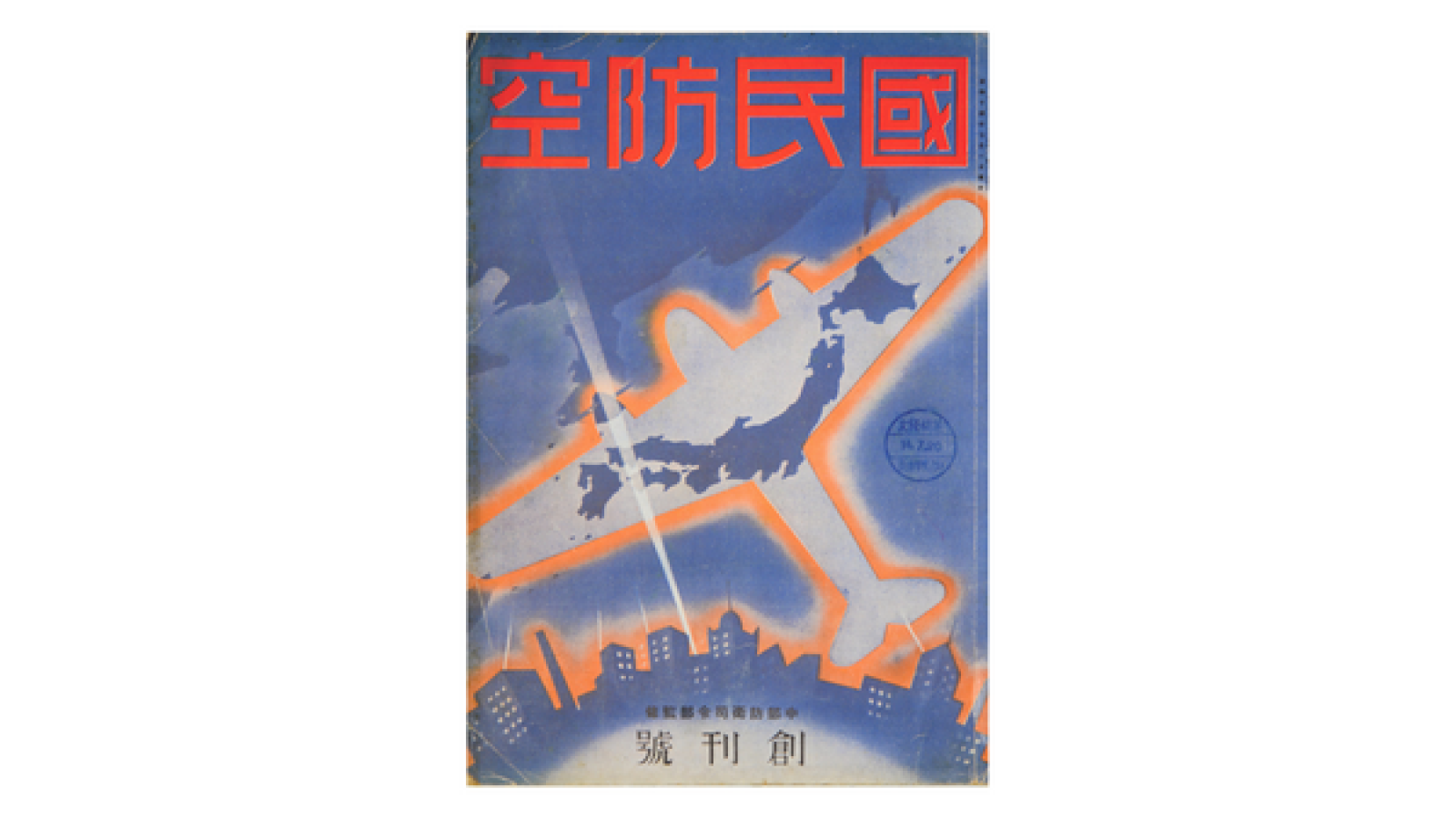
The Institute for Japanese Studies and Department of History of Art present:
"Aviation and Japan's Aerial Imaginary"
Gennifer Weisenfeld
Duke University
Abstract: Aviation was the global fetish of the twentieth century. The consummate example of technological modernity, it represented the triumph of man over nature in the service of progress. It also provided a deeply transformative sensory and affective experience described as everything from intoxicating to deterrestrializing. Everyone from painters and poets to filmmakers and songwriters celebrated the new “aerial age.” Japan shared the world’s romance with aviation and it soon became a mania throughout the empire.
Japanese visualizations of aviation were aesthetically implicated in the nation’s militarized modernity. Civil air defense fused the scopic joys of aeriality with existential fear, producing a kind of technological sublime whose beauty was both awesome and awful. A visual stroll through the cultural landscape of aeronautic imagery reveals a creative investment among the “air-minded” in Japan that traveled through the 1930s all the way to the end of the Pacific War. This paper explores that landscape of visual pleasure.
PDF Flyer: Gennifer Weisenfeld
Gennifer Weisenfeld, Professor in the Department of Art, Art History, and Visual Studies and former Dean of the Humanities at Duke University, received her Ph.D. from Princeton University. Her field of research is modern and contemporary Japanese art history, design, and visual culture. Her first book Mavo: Japanese Artists and the Avant-Garde, 1905-1931 (University of California Press, 2002) addresses the relationship between high art and mass culture in the aesthetic politics of the avant-garde in 1920s Japan. And her second book Imaging Disaster: Tokyo and the Visual Culture of Japan’s Great Earthquake of 1923 (University of California Press, 2012, Japanese edition Seidosha, 2014) examines how visual culture has mediated the historical understanding of Japan’s worst national disaster of the twentieth century. She is the guest editor of the special issue Visual Cultures of Japanese Imperialism of the journal positions: east asia cultures critique (Winter 2000) that includes her essay, “Touring ‘Japan as Museum’: NIPPON and Other Japanese Imperialist Travelogues.” She has also written extensively on the history of Japanese design, such as, “‘From Baby’s First Bath’: Kaō Soap and Modern Japanese Commercial Design” (The Art Bulletin, September 2004) and the core essay on MIT’s award-winning website Visualizing Cultures on the Shiseido company’s advertising design. She has just completed a new book project titled Gas Mask Nation: Visualizing Civil Air Defense in Wartime Japan (forthcoming, University of Chicago Press, Fall 2022).


